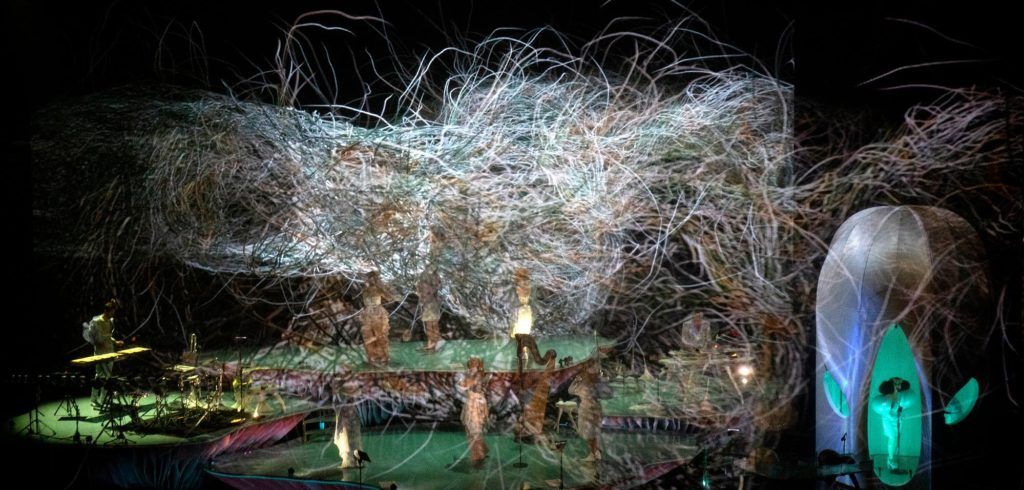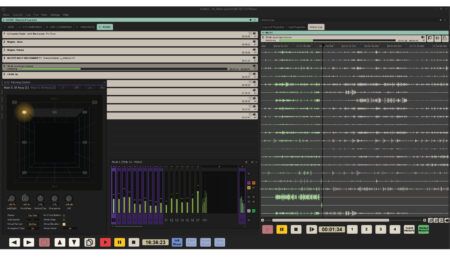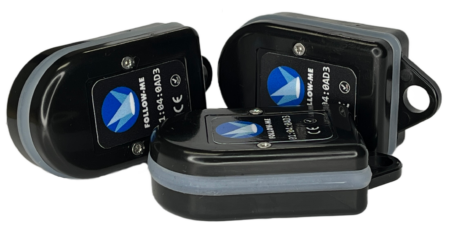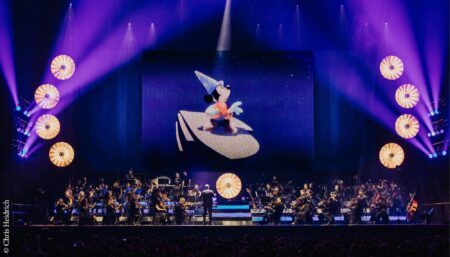Envisioned as an entirely new kind of stage production, Arup has designed a reverberation chamber for musical artist Björk, which offers an enveloping space without the need for traditional stage amplification and audio processing.
Engineering, architecture and design expert Arup was commissioned to deliver the project and reveals in a blog post about how the stage technology was developed.
Combining elements of live theatre, immersive media, and musical ensemble, Björk pushes the boundaries of the live concert experience. For her latest show, she sought to capture the intimacy of singing live in a small room, unaided by traditional stage amplification and audio processing. She commissioned Arup to design an acoustic reverberation chamber as part of the touring set — a unique approach to live stage performance that projects an encapsulated and solacing moment to a large-scale audience. The reverb chamber becomes both sanctuary and instrument, enabling Björk to sing in a naturally enveloping acoustic.

Björk was inspired by small chapels, natural forms, and sound sculptures like Tvisöngur in Iceland for their lush reverberation and organic quality. Because this chamber would have to be portable for touring, however, we could not use the stone and masonry common to these precedents. To evaluate materials, we calibrated our modelling process to measurements of spaces of a similar size and shape, such as the Sound Column at the Palace of the Fine Arts in San Francisco, and the Integratron sound bath in the Mojave Desert. Once our modelling process was calibrated to these shapes, we were able to explore many new forms based on our library of materials.
Björk sketched many potential shapes, inspired by anything from orchids to the Sydney Opera House. She insisted, however, that the acoustic performance should be the main design driver of the form. As such our design process was highly collaborative and iterative, with the Arup team modelling many shapes for Björk to evaluate over headphones. Once we settled on a suite of final options, Björk and the production team met in London’s SoundLab to listen critically in our purpose-built 3D sound studio. The final design has an octagonal shape in plan to create strong reflections from many directions, with a vaulted ceiling inspired by medieval chapels, to create a diffuse and blended sound quality.
The material for the reverb chamber had to perform acoustically first and foremost, but also required portability, durability to last the tour, and visibility for audience sightlines. While our original assumption was that a clear acrylic would be preferred for its transparency, the team soon determined it would not meet the project acoustic requirements. The chamber is constructed with a wood frame coated in a thick reinforced plaster composite, a combination which both produces good sound and uses common building materials that can be repaired by production staff on tour.
Once our design was established, we issued documents for fabricators to use as their basis of design for bid. The chamber was built by Irma Studio in Iceland, a frequent set builder for Björk’s touring productions. The chamber was constructed months in advance of full ensemble rehearsals to allow enough time for Björk to experiment with its acoustic response and be comfortable performing inside before her residency began at The Shed, a new cultural arts centre in New York’s Hudson Yards neighbourhood.





